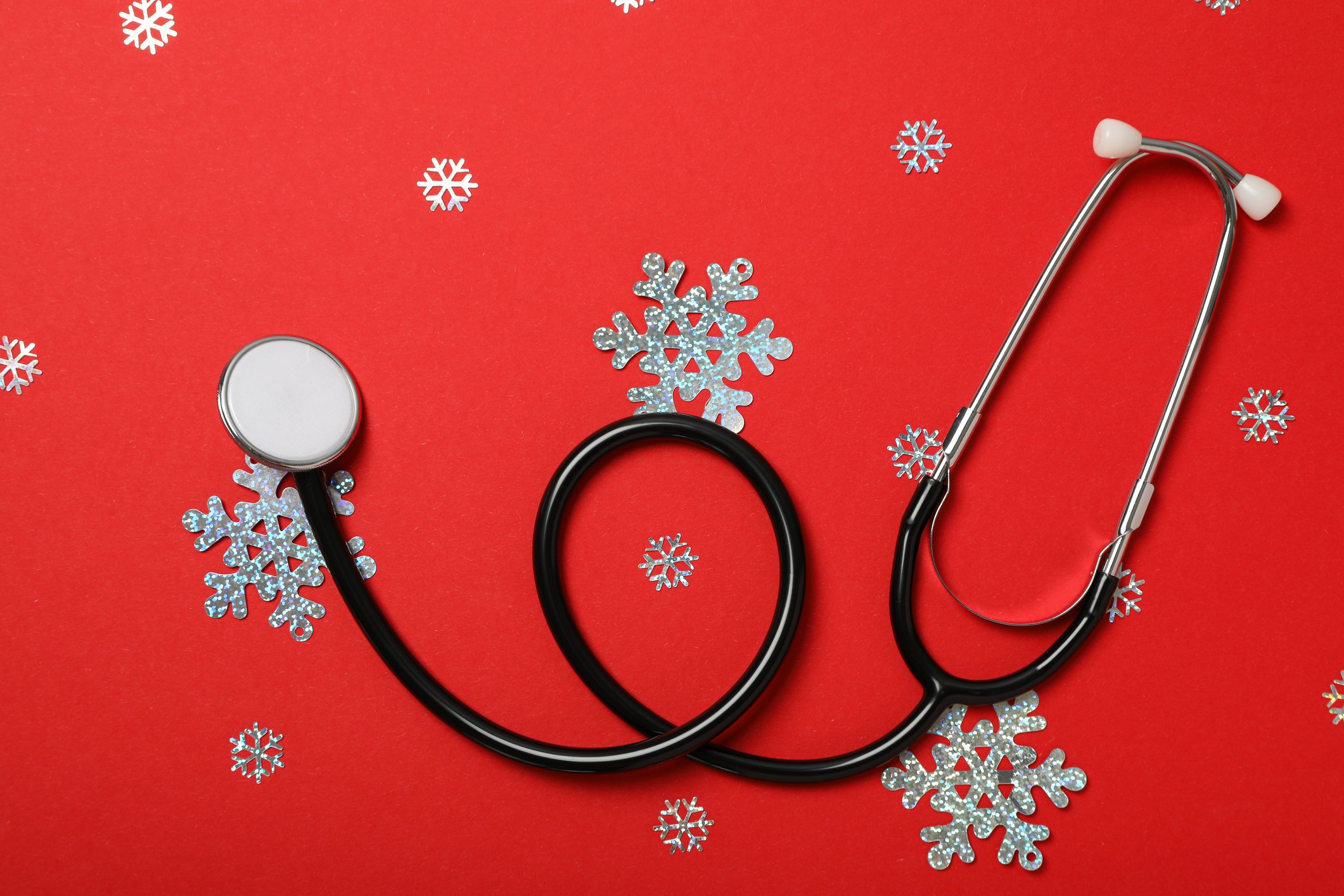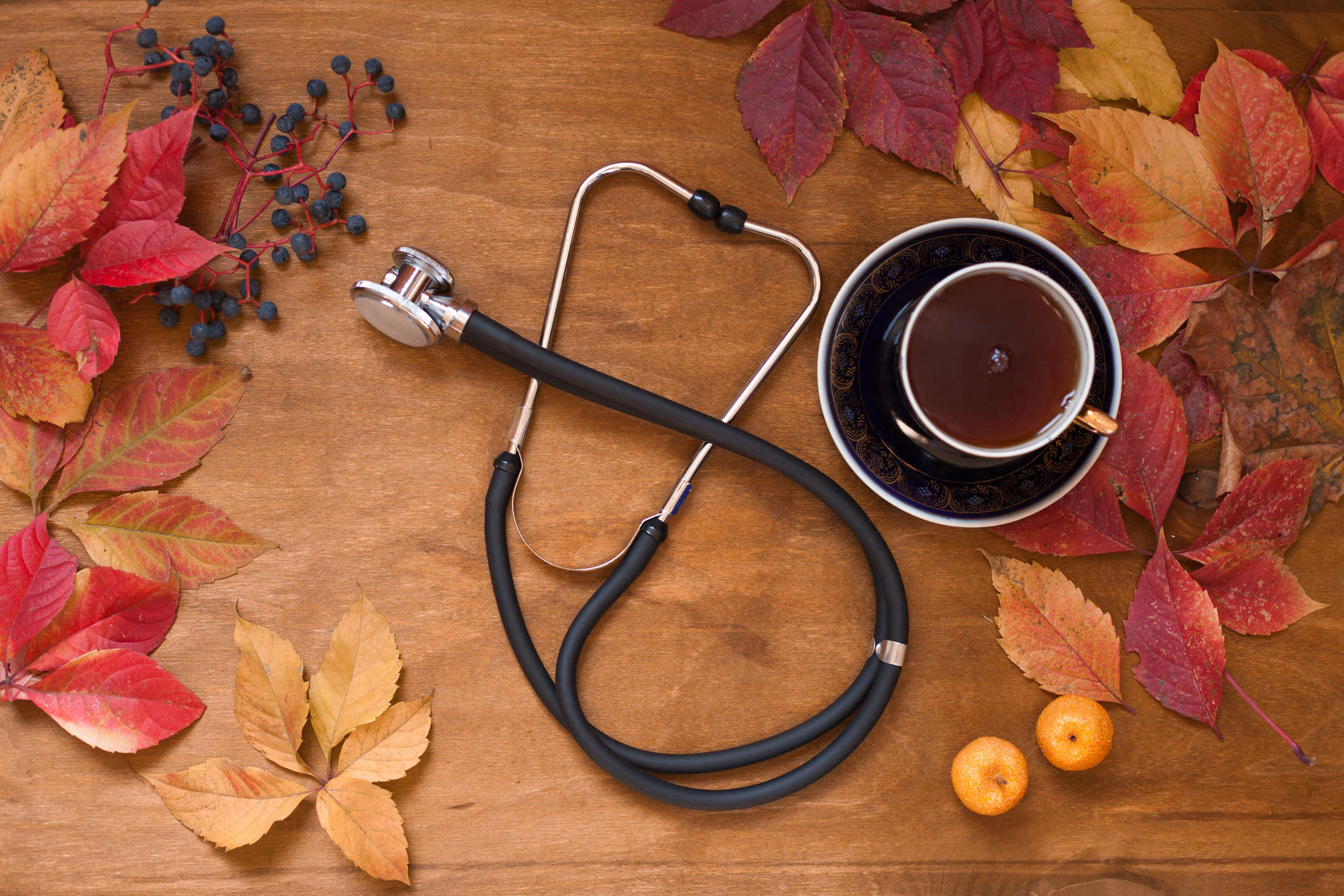As part of its ongoing mission to eliminate needlestick and sharps injuries in healthcare, the nonprofit organization Safe in Common has issued the "Top 10 Golden Rules of Safety."
The list (www.safeincommon.org/sites/default/files/field_document/top-10-golden-rules-of-safety.pdf) is predicated on making injuries a "never event," and dictates that personnel using or purchasing sharps consider the following rules:
• The design and activation of the safety mechanism is automatic and will not interfere with normal operating procedures and processes.
• The device is intuitive and requires no additional steps for use compared with an equivalent standard or conventional device.
• The contaminated, non-sterile sharp will be rendered safe prior to removal or exposure to the environment.
• Activation of the safety mechanism does not require the healthcare worker to undertake any additional steps during normal patient care processes or protocols.
• Activation of the safety mechanism will not create additional occupational hazards (such as aerosolization, splatter, exposure to other potentially infectious materials, etc.).
• Activation of the safety mechanism does not cause additional discomfort or harm to the patient.
• The device will be ergonomically designed for comfort, allowing for automatic one-handed use during all stages of patient procedure.
• The safer engineering control is available in sizes and iterations appropriate for all areas of use relevant to patient care needs.
• Disposal of the safety device will not increase waste disposal volumes but instead incorporates designs to reduce waste.
• The used safety device will provide convenient disposal and mitigate any risk of reuse or re-exposure of the non-sterile sharp.
The outline for the Top 10 Golden Rules of Safety was released at the annual Association for Professionals in Infection Control and Epidemiology convention in Ft. Lauderdale, Fla., earlier this month. Safe in Common gauged attendees’ opinions on safety devices during the conference. Of the 27 devices reviewed, only 9% received a perfect 10 and exactly half had a passing grade of 7 or higher. Some 41% had scores of 2 to 4.
Overall, the devices available at APIC scored well on two criteria:
• The safer engineering control is available in sizes and iterations appropriate for all areas of use relevant to patient care needs (95%).
• The used safety device will provide convenient disposal and mitigate any risk of reuse or re-exposure of the non-sterile sharp (86%).
Significant development effort remains in three essential criteria:
• Activation of the safety mechanism does not require the healthcare worker to undertake any additional steps during normal patient care processes or protocols (32%).
• The device is intuitive and requires no additional steps for use compared with equivalent standard or conventional devices (41%).
• The contaminated, non-sterile sharp will be rendered safe prior to removal or exposure to the environment (48%).
Source: Nurse.com






